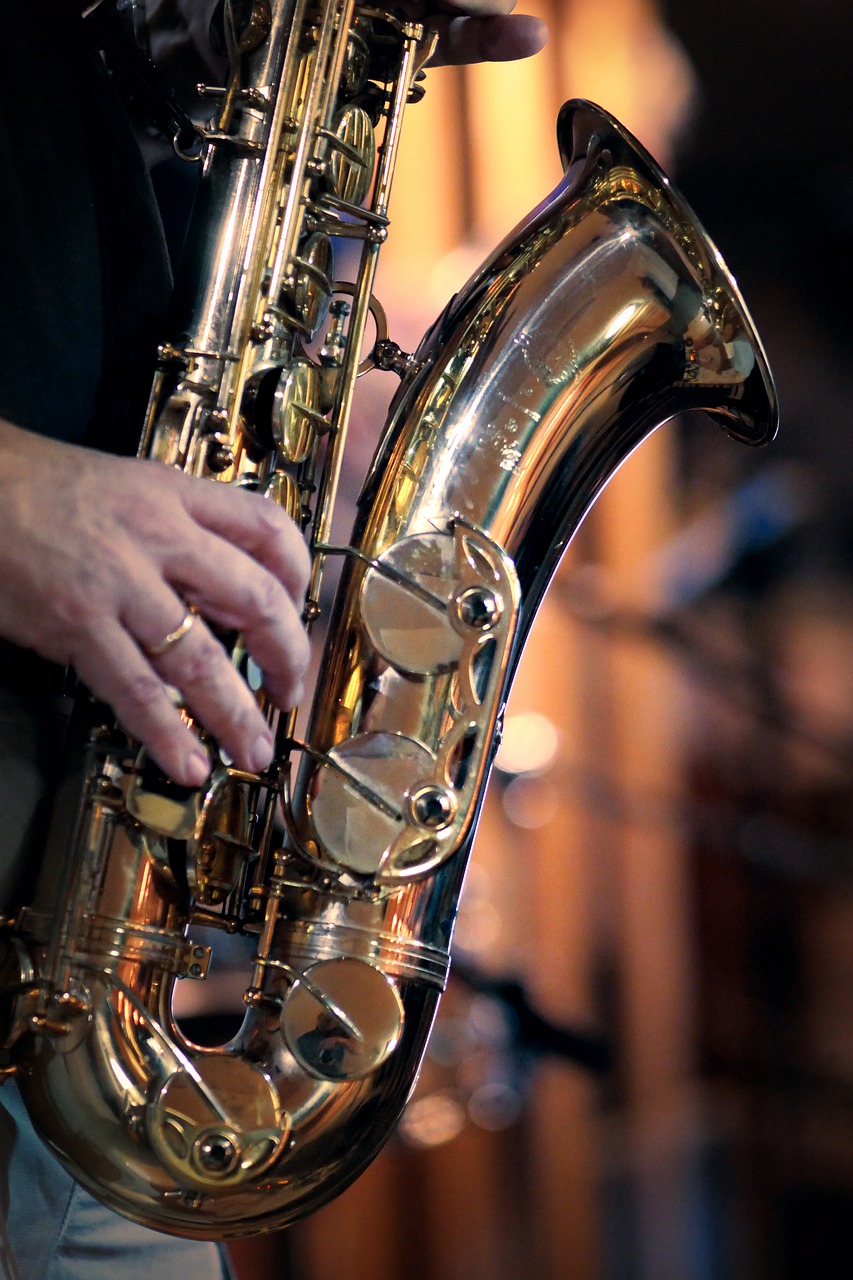
Music has always been a notoriously fluid concept. It has defied cut and dried definitions due to its universality and today the world enjoys thousands of genres from every corner of the globe.
The 1970s were particularly experimental for music and several genres emerged during this period, notably, funk, soul RnB, and disco. Now and then, a musical oddity emerges. These genres are mostly momentary, enjoyed for a very brief period before fading into the ether. But in rare instances, they persist, outlast their time, and morph into well-recognized and firmly established genres with revolutionary consequences. On August 11th, 1973, one of such oddities called hip hop, was born in the west Bronx, New York City. Hip hop enthusiasts played around with this highly malleable musical form for decades. The marriage of beats and spoken words or poetry allowed artists to work their creativity spinning hit after hit. This persisted into the early 90s when another musical oddity was born. Legendary hip hop duo, Gangstarr and other bands like the root, began to experiment with the iconic genre also of African American origin, Jazz. They released several songs sporting this fusion of oddities, it took off, never landed again and Hip Jazz was born.
Elements Of Hip Hop and Jazz and Why People Love It.
Hip Jazz is a fusion of hip hop and Jazz. These are two very distinct musical genres, both of African American origins, that served to reflect the socio-economic and political realities of their time. Jazz was inspired by afro American traditional folk music like the blues, spirituals, and work songs from as far back as the time of slavery. It borrowed heavily from ragtime and 19th-century band music and piano playing. Hip hop, on the other hand, started as hype for block parties among African American youth living in the Bronx. But eventually, it morphed into a musical outlet that allowed them to express dissatisfaction and a desire for an end to the oppression, marginalization, and disenfranchisement of black and inner-city communities in America. Today, they are both a beacon of proof of African American contribution to the culture and history of America and the world at large. The fusion of these distinct and very different sounds and musical styles created an unusual auditory experience that combines the lively, laid-back, and soft with the rapid, bouncy, and hypnotic beats. They have pervaded every space and can be heard in every social gathering.
Criticism Of Hip Jazz.
Most critics of the hip Jazz genre are typically purists who prefer this fusion did not exist. It has been vilified for its presumed simplicity and that it taints the style and image of Jazz while also taking away from the hard work of folks who have spent their lives honing their “Jazz skills”. This of course has not held much credence as almost all musical forms evolve at some point. It is however more widely accepted today and is considered an independent genre in its own right.
Conclusion.
Hip Jazz has outgrown its experimental stage and has carved a niche for itself in the world of music. Its appeal continues to draw more love and appreciation and like all other musical genres, it will likely evolve into yet another interesting and beautiful form.


